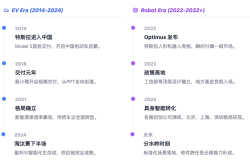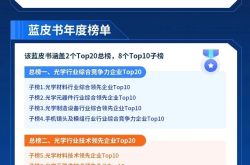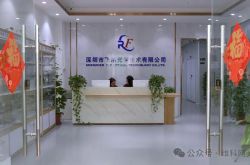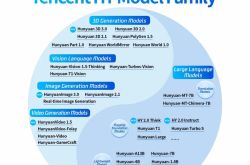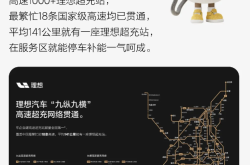Jensen Huang Returns to China in Leather Jacket: Behind the Lifting of the H20 Chip Ban
![]() 07/16 2025
07/16 2025
![]() 553
553
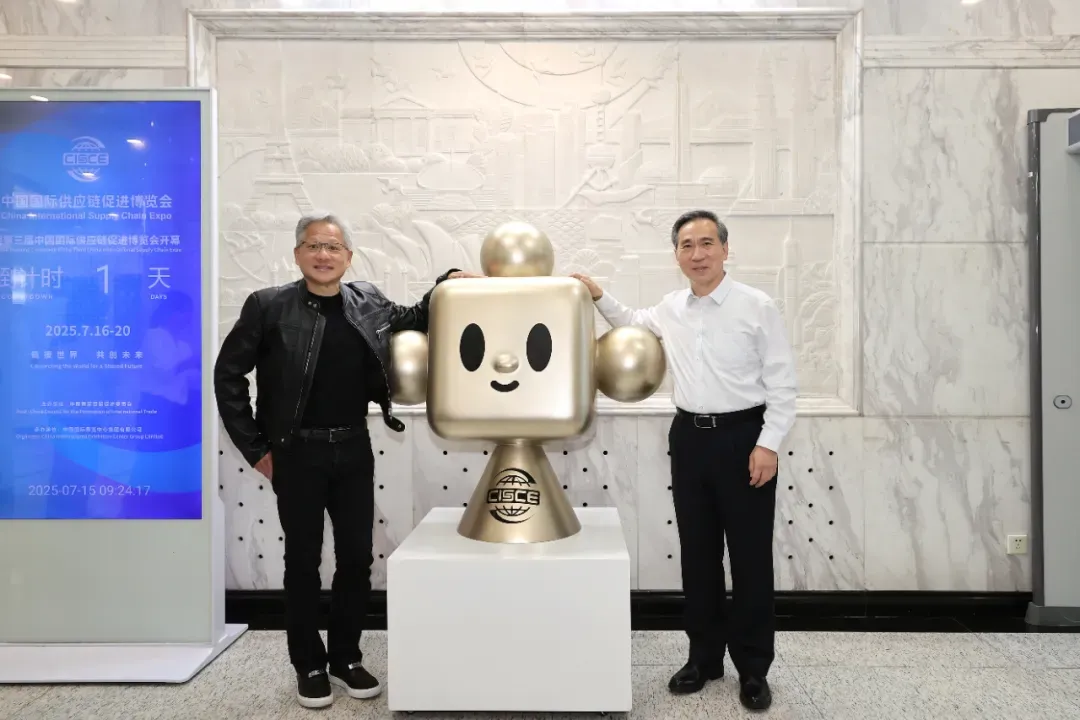
Three months ago, Huang's visit to China was sans leather jacket. Yet, upon his return amidst the sweltering summer, not even the heat could deter him from donning his iconic battle jacket, nor could it conceal his inner elation. This time, the US government granted NVIDIA the much-awaited green light, allowing the company to finally sell its H20 chips to China.
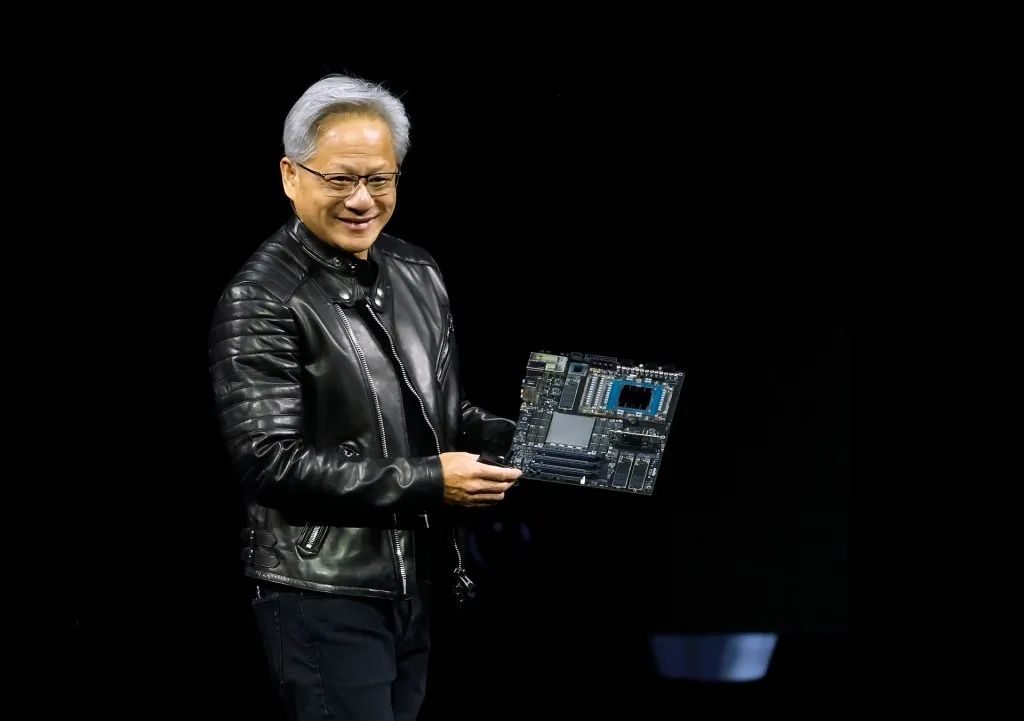
It was precisely this favorable decision by the United States that prompted Huang's prompt return to China.
Starting from July 15th, mainstream media outlets reported that NVIDIA had commenced supplying H20 chips to China, marking a mutually beneficial outcome. So, what prompted the reversal of the US's original decision to indefinitely restrict the export of H20 chips?
This development stems from a compromise reached after three months of intense China-US negotiations, coupled with Huang's personal lobbying efforts.
Firstly, for NVIDIA and Huang, the Chinese market holds significant importance. In 2024, China accounted for 15.4% of NVIDIA's global revenue, amounting to $12 billion. The ban could not be sustained indefinitely. As previously mentioned, the H20 was initially designed as a compliant chip tailored specifically for the Chinese market. If the ban persisted, NVIDIA would not only forgo profits but also continue to cede market share to domestic chips like Huawei's Ascend 910C, missing out on the opportunity to define industry standards.
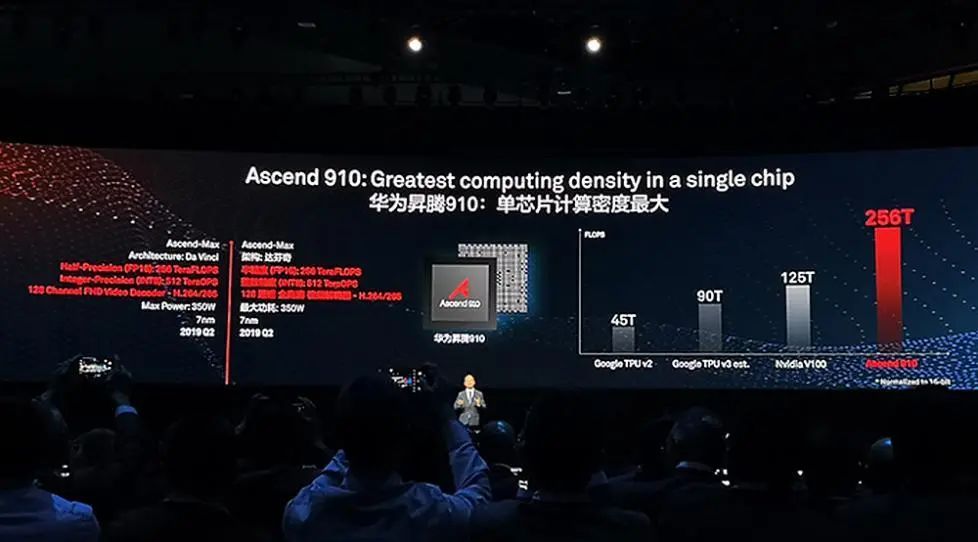
Secondly, why did the United States grant the green light?
On one hand, considering NVIDIA's growth trajectory, a blanket ban could jeopardize its competitiveness. An unsold inventory of H20 chips would be wasteful, and the chips could still compete with Chinese alternatives. Moreover, the H20 chips now allowed for export to China are "castrated" versions with strictly limited performance. They lag significantly in computing power compared to NVIDIA's flagship chips. While retaining 96GB of HBM3 memory and 4.0 TB/s bandwidth to meet customers' reasoning task needs, enabling buyers to utilize them for vertical reasoning models and small-scale training, they are unsuitable for large-scale model training involving trillions of parameters.
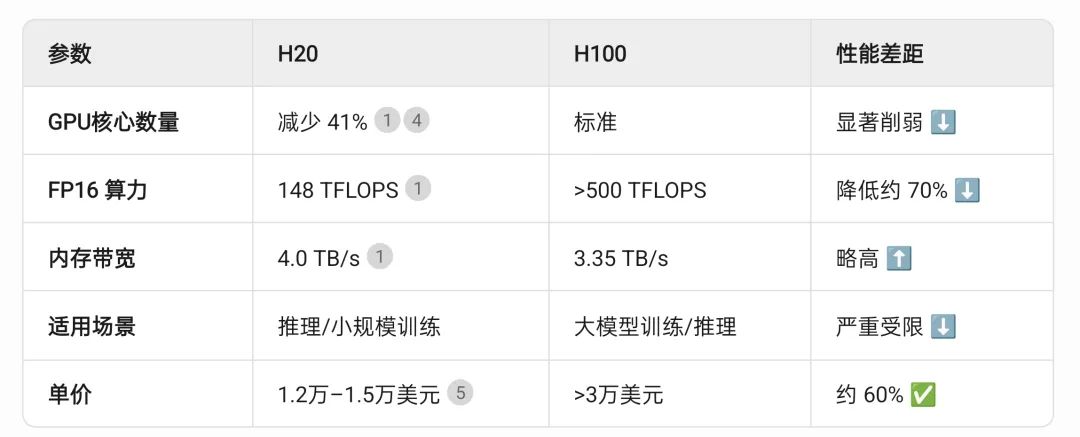
This assuages US concerns about China potentially developing AGI early through advanced chips.
Huang's lobbying efforts were also formidable. He argued to American journalists that for the US to maintain its AI leadership, it must encourage global developers to leverage as much of the US AI technology stack as possible. In simpler terms, by enabling developers worldwide to use American AI chips or software, American AI technology can continue to evolve and progress, with developers closely aligning with the US technology stack. This strategy of selling standards is a common tactic employed by American companies, and it holds considerable persuasive power among decision-makers.
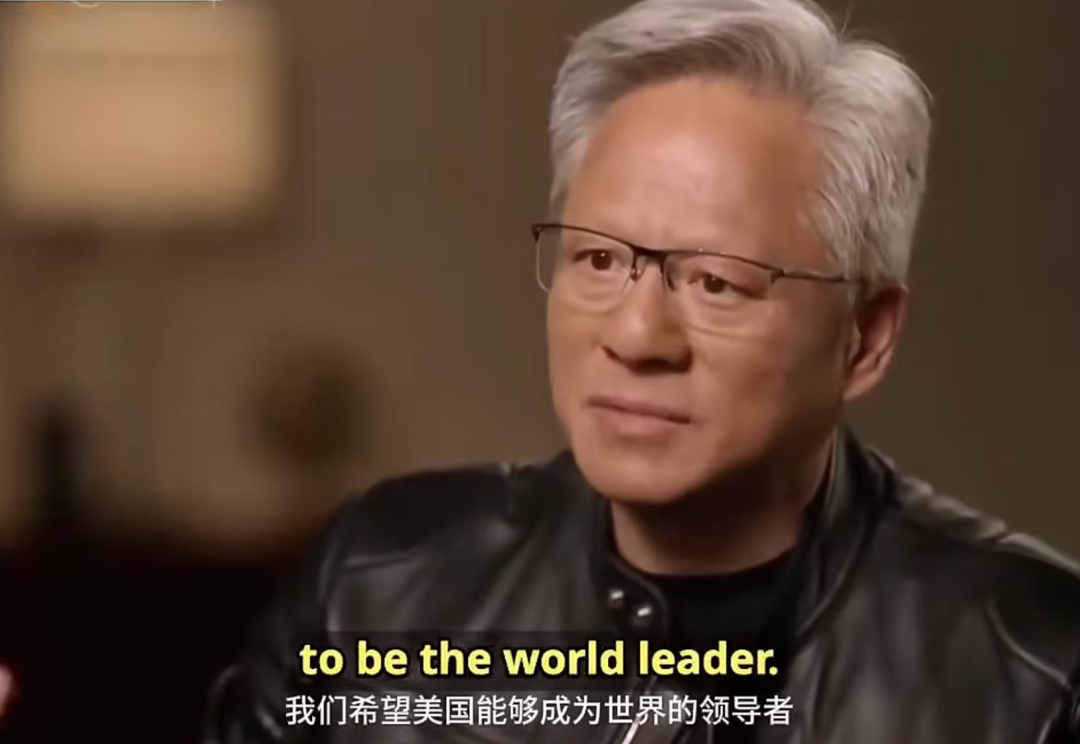



NVIDIA's CUDA ecosystem is indeed highly competitive. CUDA™, introduced by NVIDIA, is a general-purpose parallel computing architecture that enables GPUs to tackle complex computing challenges.
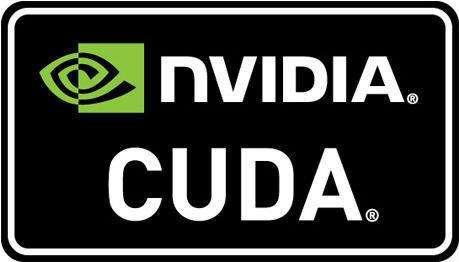
Furthermore, Huang sought to dispel fears that exporting chips would aid China's military or intelligence agencies. He emphasized that neither China nor the US would meet military needs based on each other's equipment and technology, especially considering China's access to supercomputers and other equipment to fulfill certain requirements, making export restrictions largely insignificant.
With such reasoning, overly restricting NVIDIA's exports is detrimental to the advancement of AI in the United States, implying the need to promptly grant the green light to H20.
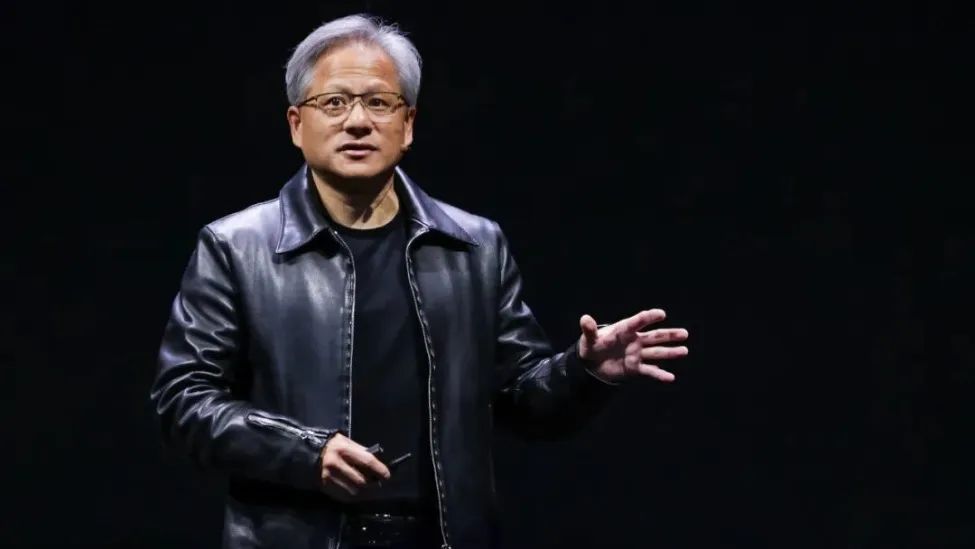
The results demonstrate the success of Huang's lobbying efforts.
The US side, however, is also calculated in its approach. According to the US Secretary of Commerce, granting the green light to H20 is part of an agreement reached between China and the US on rare earth issues. Ultimately, the US still relies on China's rare earths, with no viable substitutes. However, China has yet to respond to this claim.
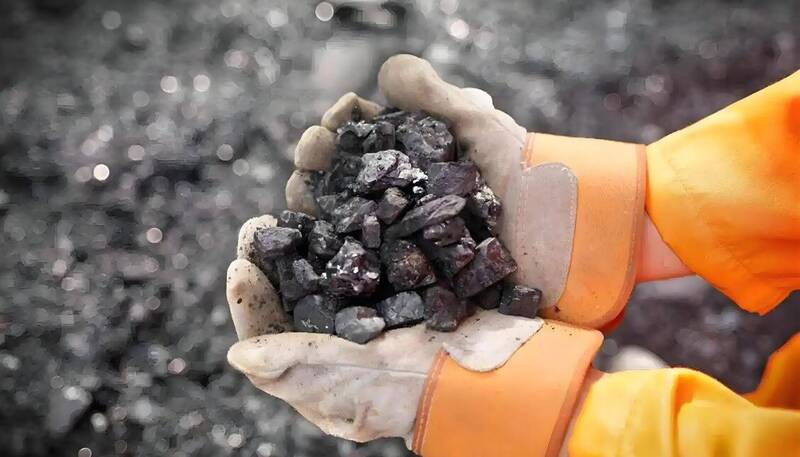
From China's perspective, what did it gain from this negotiation?
Granting the green light to H20 is also beneficial for Chinese enterprises' commercial applications and industry model training, without hindering China's commitment to independently developing chips. These two aspects are not mutually exclusive. While H20 is restricted, it still offers certain advantages in performance and the CUDA ecosystem. Allowing Chinese enterprises that require it to utilize it first can serve as a transitional product until domestic chips can fully replace it. Additionally, rare earths can always be leveraged as a strategic bargaining chip to counter US chip sanctions.
The outcome suggests that both China and the US have secured their desired outcomes while maintaining their dignity.
In a US interview, Huang also mentioned that China and the US are both remarkable powers aspiring to prosperity, success, and victory. This unique relationship underscores that depriving others of technology access is not the ultimate goal; maintaining a leading position is.
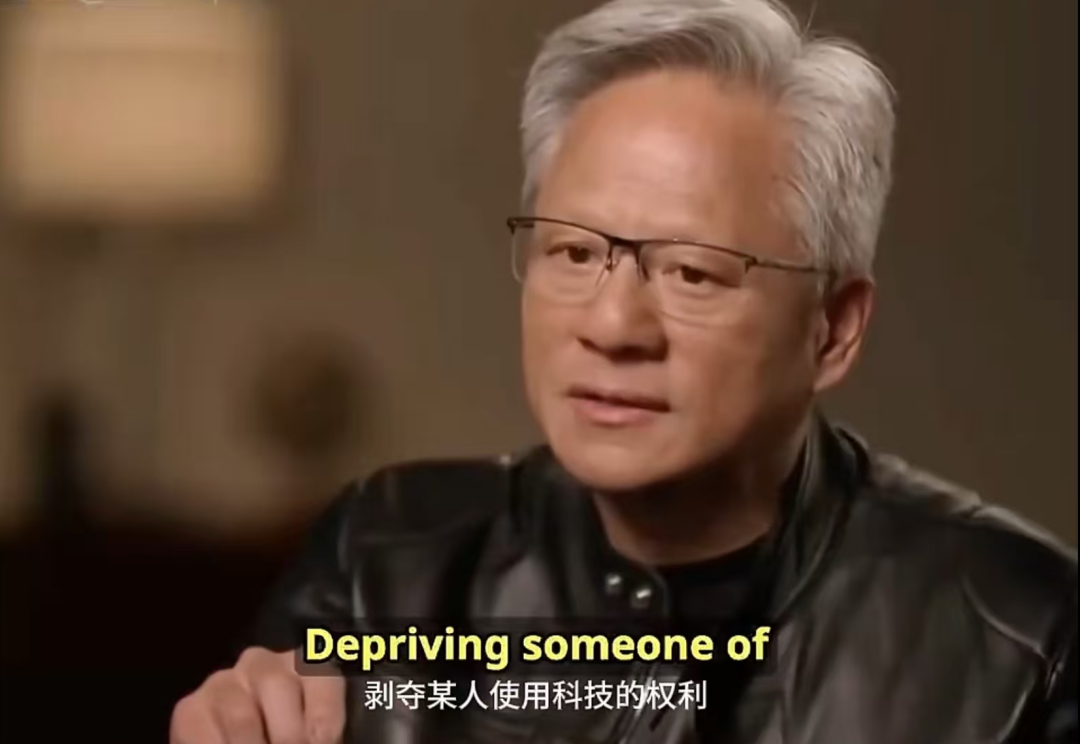





The implication is that maintaining a leading position is sufficient without excessive restrictions. Huang has found a compelling argument in the China-US game, lifting part of the seal on NVIDIA. He not only leads the most advanced AI technology ecosystem but also possesses exceptional communication and negotiation skills.
It's no surprise that the market values NVIDIA at a whopping $4 trillion.
When asked about his choice of leather jacket despite the heat, Huang humorously replied that his suit hadn't been dry-cleaned yet, and he only had one old suit, so the leather jacket was his go-to option.

